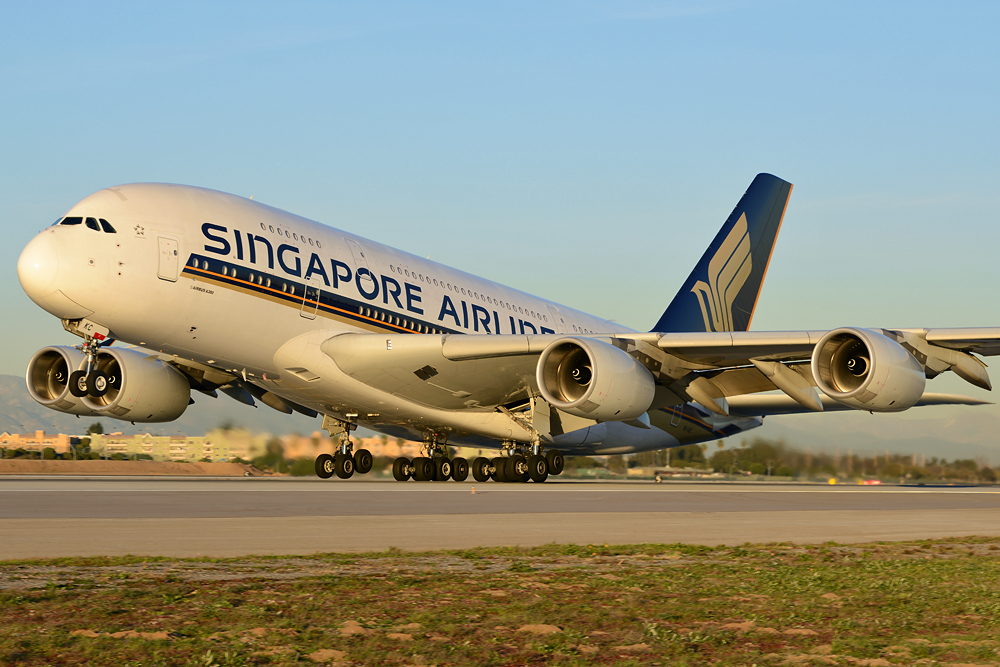Before the COVID-19 pandemic, there were 15 airlines that operated the A380 superjumbos. However, almost all A380s were grounded following the outbreak of the pandemic with many of those aircraft sent into long-term storage, and some airlines even decided to retire the superjumbos, with Air France retiring its entire A380 fleet in May 2020.
Currently, ANA, Asiana Airlines, British Airways, Emirates, Korean Airlines, Qantas, Qatar Airways, and Singapore Airlines have been operating the A380s, soon to be followed by Lufthansa and Etihad Airways in 2023. In this post, we will take a look at the A380 fleet status and the routes on which they deploy their A380.
All Nippon Airways
Active A380s: 3
Parked A380s: 0
All Nippon Airways (ANA) has a fleet of three Airbus A380s, widely known as the Flying Honu fleet. These superjumbos exclusively operate on the Tokyo-Narita to Honolulu route. ANA became the 15th operator of the world’s largest passenger aircraft when it took delivery of its first A380 in March 2019.
After the onset of the COVID-19 pandemic, two of the A380s were grounded after the Tokyo-Narita to Honolulu route was suspended. Moreover, the third and final A380 was directly placed into storage after the airline took delivery of the aircraft during the pandemic. ANA’s Flying Honu fleet features special Hawaiian-themed liveries for its three A380s, symbolizing the sky, ocean and sunset.
Two of the three A380s have already returned to service whereas the third one, which features an orange livery inspired by the Hawaiian sunset is also entering into service. The third superjumbo completed a test flight on 27th December before entering into passenger service.
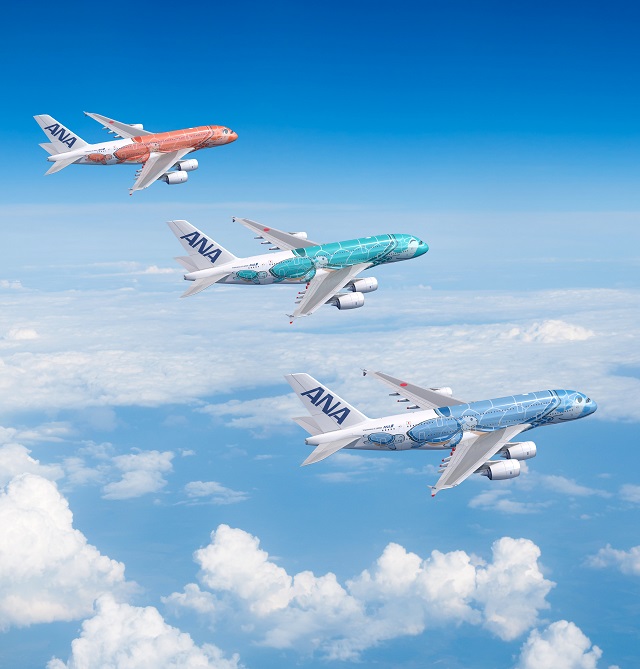
Asiana Airlines
Active A380s: 3
Parked A380s: 3
Asiana Airlines has a fleet of six Airbus A380s, out of which three are in active service with the Korean carrier.
Asiana brought the giant of the skies back to service in June earlier this year, with the superjumbos operating daily flights between Seoul and Bangkok. The A380s also returned on its flights to Los Angeles in July. The frequency of these routes might be increased depending on the passenger demand.
Currently, Asiana’s superjumbos are deployed on flights to Bangkok and Los Angeles.

British Airways
Active A380s: 11
Parked A380s: 1
British Airways is one of the most committed airlines to the Airbus A380, with the airline bringing back its entire fleet of A380s until at least August 2027.
Recently, the British flag carrier has been operating more A380 flights than in the corresponding previous months since the first Airbus A380 was delivered to the airline. British Airways is preparing to return its last A380 to service as it is currently under maintenance.
Currently, British Airways A380s are deployed on flights to Boston, Chicago, Dallas, Doha (Until 8th January), Dubai, Johannesburg, Los Angeles, Miami, San Francisco and Washington Dulles.

Etihad Airways
Active A380s: 0
Parked A380s: 10
After months of speculation during the peak of the pandemic, the superjumbos are finally looking forward to re-entering into service with the Abu Dhabi-based carrier, which will start flying to London next summer.
Etihad Airways has a fleet of 10 Airbus A380s. Etihad’s A380 return means the return of its industry-leading cabin product – the Residence, alongside the three cabin classes. They all have the same 498-seat configuration, including two Residence suites, nine First-class apartments, 70 Business seats, and 417 Economy smart seats. It is the last carrier on this list to announce the return of the A380s.
Etihad will return four of its giant aircraft for the time being in a move to fulfill a surge in demand for air travel across the airline’s network and customer feedback for the return of the fan-favorite aircraft. After the pandemic, the first Etihad A380 flight is scheduled for the 15th of July next year. It will operate a daily flight to London starting in July, rising to double daily from August.
Emirates
Active A380s: 86
Parked A380s: 33
Emirates, the largest A380 operator has been gradually bringing its superjumbos back into the skies with multiple A380s being retrofitted with premium economy seats. Earlier in July, the Dubai-based carrier said that it was aiming to operate close to 90 A380s by the end of this year. So far, 86 of the superjumbos are in active service.
Being the largest A380 operator by a considerable margin, the destiny of the superjumbo will largely rest in its hands. Emirates plans to operate the superjumbos until the mid-2030s as the A380 continues to be well received by its customers across its global network. The A380s will remain Emirates’ flagship aircraft for many years to come.
So far, Emirates has scrapped two of its A380s (registration A6-EDA and A6-EDB), whereas two more have been retired, according to Planespotters.net.
Moreover, Emirates is planning to return its full fleet of A380s into service by the end of next year as it ramps up its operations to meet strong demand for air travel. Currently, the Gulf carrier’s capacity has recovered to 80 per cent of its pre-pandemic level and commenting on the same, Emirates’ chief commercial officer, Adnan Kazim said:
“Closer to the end of next year, that’s our target to bring all our A380s back to operation and recover the remaining 20 per cent of the capacity.”
Speaking to aviation journalist Andreas Spaeth, Emirates President Sir Tim Clark urged Airbus to make plans for a future very large aircraft with zero-emission engines to meet the gradually increasing medium to long-haul travel demands. Furthermore, he highlighted the importance of the A380s and mentioned that he would build another A380 twice the size of its predecessor.
“I would build another A380 twice the size because of the zero-emissions engines we have now, with four, possibly three engines.”
Emirates President Sir Tim Clark
Korean Air
Active A380s: 5
Parked A380s: 5
Korean Air similar to Asiana has been operating half of its A380 fleet, with the airline recently hiring A380 pilots on a five-year contract. The Korean flag carrier is expected to fly the A380s until at least the mid-2020s.
In 2019, Korean Air used to fly its jumbo jets on flights to Bangkok, Heathrow, JFK, Los Angeles, Paris, Sydney, and Taipei. The whole fleet of A380s was grounded at the height of the pandemic.
The first Korean Air A380 returned to the skies with a weekly service to Guangzhou, China while the remainder of the fleet remained grounded. Currently, Korean Air is deploying its A380s on flights to Bangkok and New York-JFK.
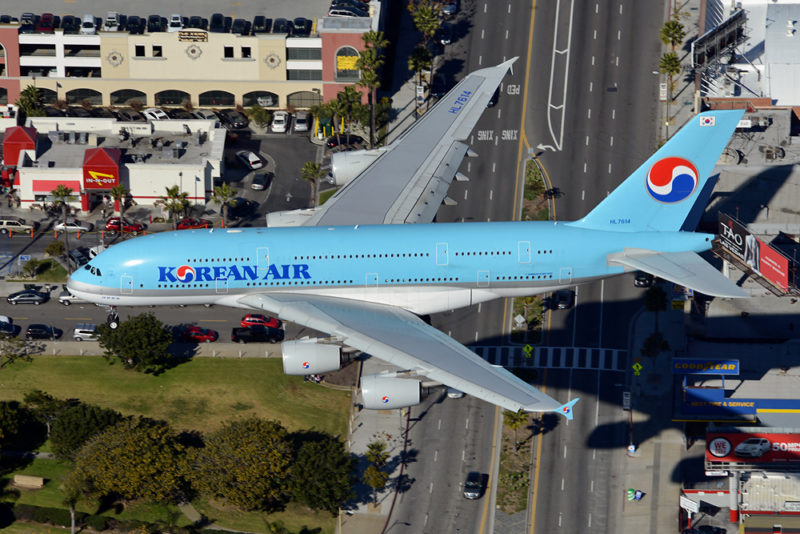
Lufthansa
Active A380s: 0
Parked A380s: 8
Earlier in June this year, Lufthansa decided to reactivate some of its A380s by March 2023, in response to the gradual rise in demand and the delayed delivery of ordered aircraft.
Lufthansa had a fleet of 14 Airbus A380s, half based in Munich and the other half based in Frankfurt before the pandemic. Following the outbreak of the COVID-19 pandemic, all of these superjumbos were parked in Spain and France for long-term storage or the so-called “deep storage”. As of now, six of these A380s have already been sold, whereas eight of them remain part of the Lufthansa fleet for the time being.
The German flag carrier expects to use the superjumbos again in the summer of 2023. At the moment, the company is assessing how many A380s will be reactivated and which destinations the Airbus will fly to. Recently, a Lufthansa spokesperson said that the carrier is preparing to reactivate at least three A380s to be ready for operation early next summer.
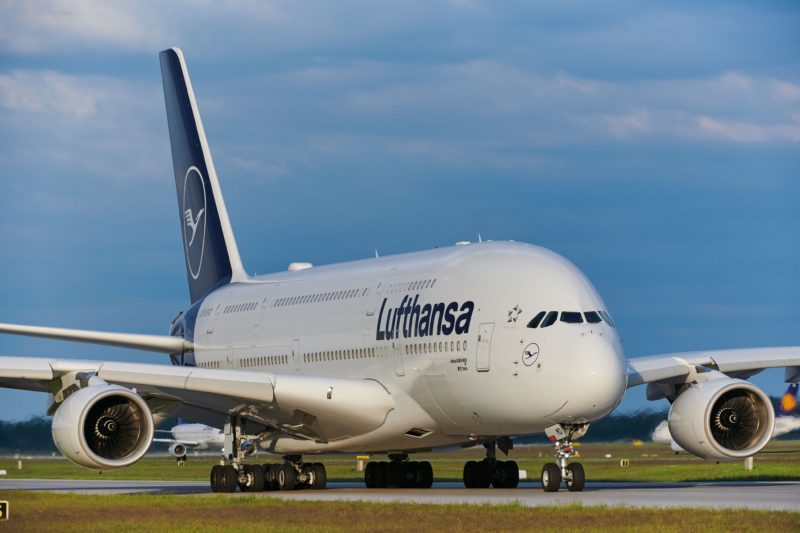
Qantas
Active A380s: 6
Parked A380s: 5
During the COVID-19 pandemic, the entire Airbus A380 fleet of the Australian flag carrier was sent to California for long-term storage, with many speculating if they would ever return to service.
However, with the faster-than-expected recovery in demand for air travel, Qantas brought forward the A380’s initial return date, with the first A380 returning into its service in January earlier this year.
Qantas currently operates six A380s on flights to London Heathrow (via Singapore) and Los Angeles. Moreover, it has confirmed that it will reinstate four of the five in storage by 2024, while one of those will be scrapped.
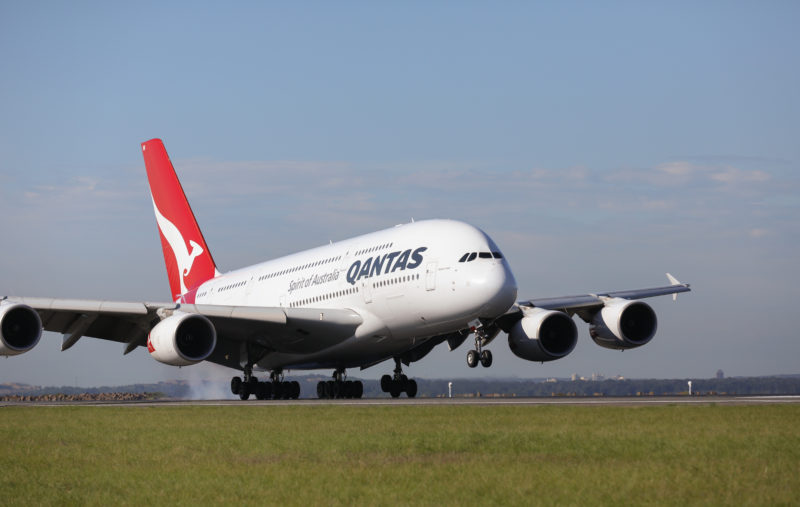
Qatar Airways
Active A380s: 8
Parked A380s: 2
Qatar Airways is currently flying eight A380s on flights to London Heathrow, Sydney, Perth and Bangkok. The remaining two A380s are grounded for the time being. However, they might eventually return to the skies due to the ongoing A350 groundings and the delay in Boeing’s 777X program.
Even though Qatar Airways’ CEO called the A380 the airline’s biggest mistake, the A380s returned to service due to the A350 groundings, as the gulf carrier didn’t want to sacrifice too much capacity. The Gulf carrier initially returned five A380s to service, with three more following their siblings’ footsteps to add up more capacity on key routes, also to cater to more fans during the FIFA World Cup.
Before the pandemic, these aircraft operated flights to Bangkok, Guangzhou, Frankfurt, London Heathrow, Melbourne, Sydney, Perth and Paris CDG.
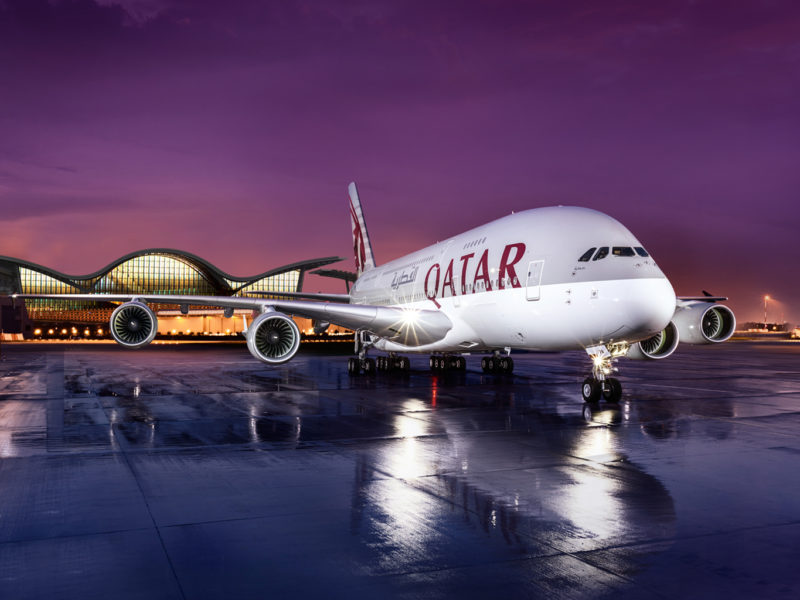
Singapore Airlines
Active A380s: 10
Parked A380s: 2
Singapore Airlines is currently flying 10 of its superjumbos out of its fleet of 12. Although the Changi-based carrier has retired 12 of its 24 A380s, only nine seem to have been deregistered or scrapped. Singapore Airlines retired its first A380 earlier in 2018.
The Airbus A380s launch customer and the second-largest carrier only behind Emirates have confirmed that two more A380s will re-enter into service as they are currently being retrofitted.
Currently, Singapore Airlines is deploying its A380s on flights to London Heathrow, Sydney, Hong Kong, Shanghai, Mumbai and New York-JFK (via Frankfurt).
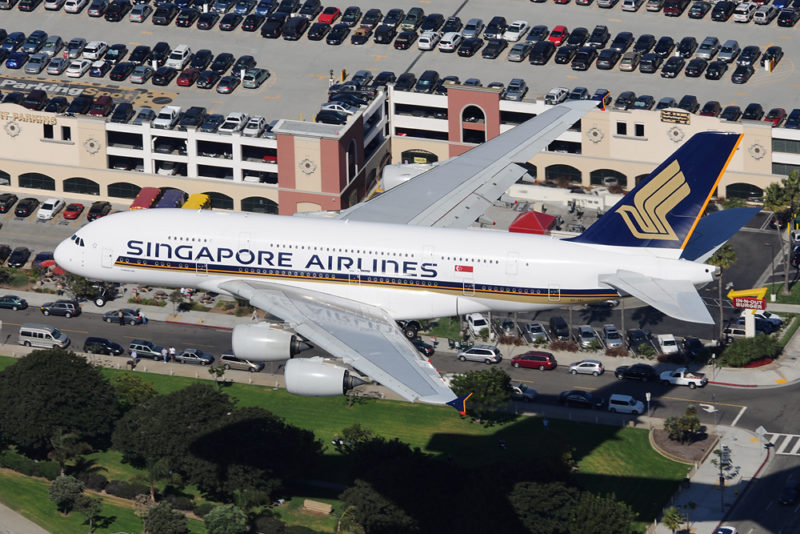
*Note that all fleet details are obtained from Planespotters.net.


